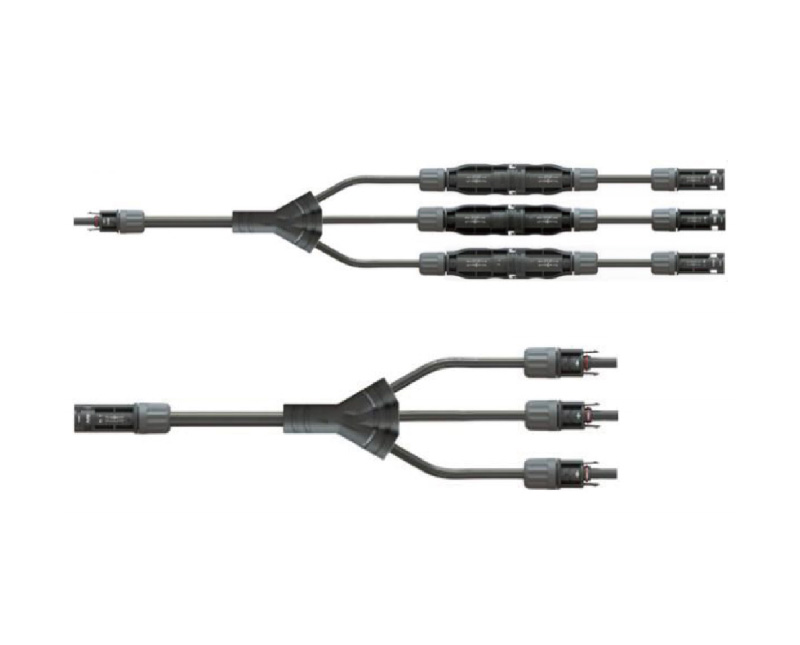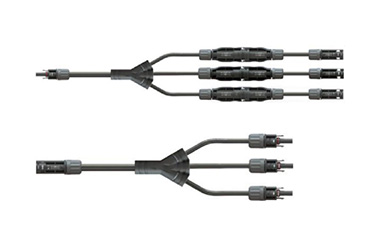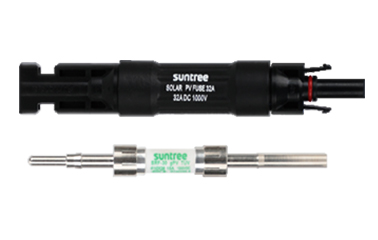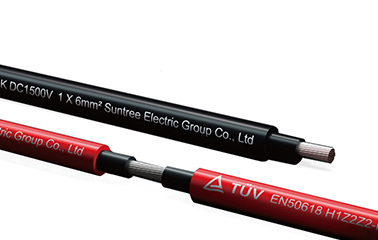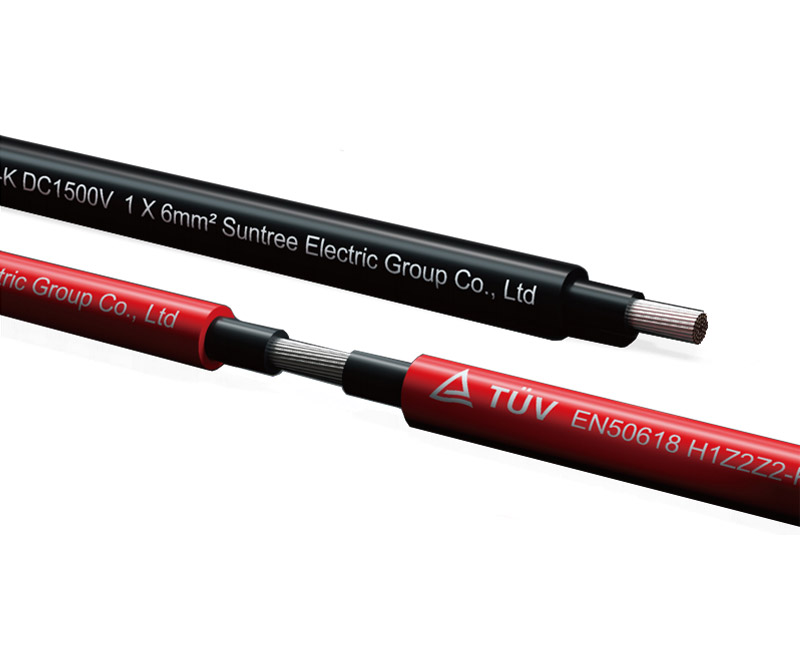How to choose a safer Solar Harness for your project
Selecting a solar harness involves a keen understanding of both safety and durability factors essential for renewable energy projects. Prioritize certifications that ensure compliance with recognized safety standards, as these benchmarks play a critical role in minimizing risks.Moreover, choosing materials specifically designed to withstand environmental stressors will en
Understanding Key Safety Standards for Solar Harnesses
When selecting a solar harness, understanding safety standards is fundamental to ensuring reliable performance.
Safety standards for solar harnesses include guidelines established by organizations such as Underwriters Laboratories (UL) and the International Electrotechnical Commission (IEC). These standards focus on the construction and materials used, ensuring they can withstand environmental stressors.
Additionally, look for certifications that verify compliance with these safety benchmarks; this can include resistance to UV exposure, flame retardance, and mechanical integrity under various load conditions.
By prioritizing these safety standards, project managers can mitigate risks and enhance the overall durability of renewable energy systems.
Essential Factors for Ensuring Project Durability in Solar Installations
When selecting solar harnesses for projects, ensuring durability is paramount.
The materials used should withstand environmental factors such as UV exposure, moisture, and extreme temperatures. High-quality materials not only enhance the life span but also reduce maintenance costs.
Additionally, proper installation techniques play a critical role in longevity. It's essential to follow manufacturer guidelines and consult with experts during the installation process to ensure that harnesses are securely fitted.
Regular inspections and maintenance checks can also help in identifying potential issues before they escalate, ensuring that the solar harnesses continue to perform effectively throughout their operational life.
How to choose the right Solar Harness
When selecting the right solar harness for your project, it’s essential to focus on specific factors that directly impact performance and safety.
1.Material Quality: Prioritize durable components to ensure long-term performance.
2.Safety Compliance: Verify adherence to recognized industry safety standards.
3.Expert Consultation: Seek insights from specialists on field-proven products.
4.Case Reference: Evaluate real-world project feedback to identify reliable solutions.
The Importance of Safety Standards in Renewable Energy Projects
Safety standards play a vital role in renewable energy projects, especially when it comes to solar installations. These standards set the benchmark for the materials and processes used, ensuring that solar harnesses are designed to withstand various environmental conditions and operate reliably.
By adhering to established safety protocols, project developers can mitigate risks associated with electrical failures, fire hazards, and structural integrity. Moreover, compliance with safety regulations not only protects the equipment and personnel but also fosters consumer trust in renewable energy technology.
As an added benefit, projects that prioritize safety standards can often achieve better performance metrics over their lifespan, highlighting the interconnectedness between safety, efficiency, and sustainability in renewable energy endeavors.
Durability Considerations When Choosing a Solar Harness
When selecting a solar harness, durability is a key factor that impacts the longevity and reliability of renewable energy installations. A well-constructed harness can withstand various environmental conditions, including UV exposure, temperature fluctuations, and moisture.
Table 1 below outlines common materials and their durability features:
|
Material |
Weather Resistance |
Lifespan |
Cost |
|
PVC |
Moderate |
5-10 years |
Low |
|
Thermoplastic Elastomer (TPE) |
High |
10-15 years |
Moderate |
|
Silicone |
Excellent |
15+ years |
High |
Additionally, adherence to industry safety standards ensures that the chosen harness can perform under expected loads without failure. Regular assessments of installation conditions can also enhance project durability over time.
By considering these aspects during the selection process, project managers can optimize their solar harness for efficiency and longevity in energy systems.
Conclusion
Selecting a solar harness is a pivotal step in ensuring the success of any renewable energy project. By integrating a comprehensive understanding of safety standards, project durability, and expert insights, stakeholders can make informed decisions that enhance overall performance and safety.
Act now!
Contact our customer service team for free shopping guides and the latest product catalogs!

